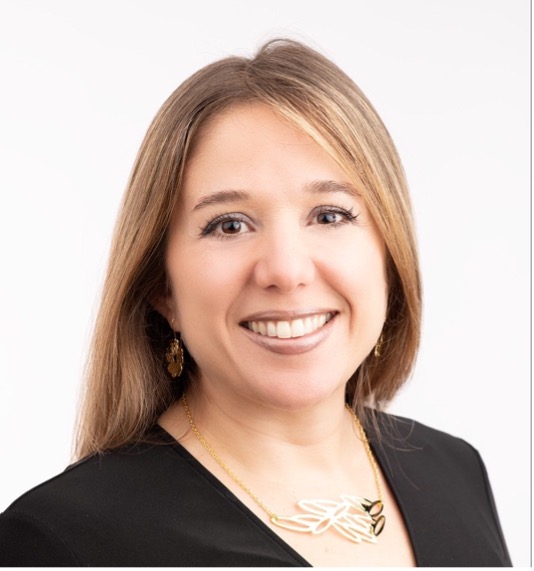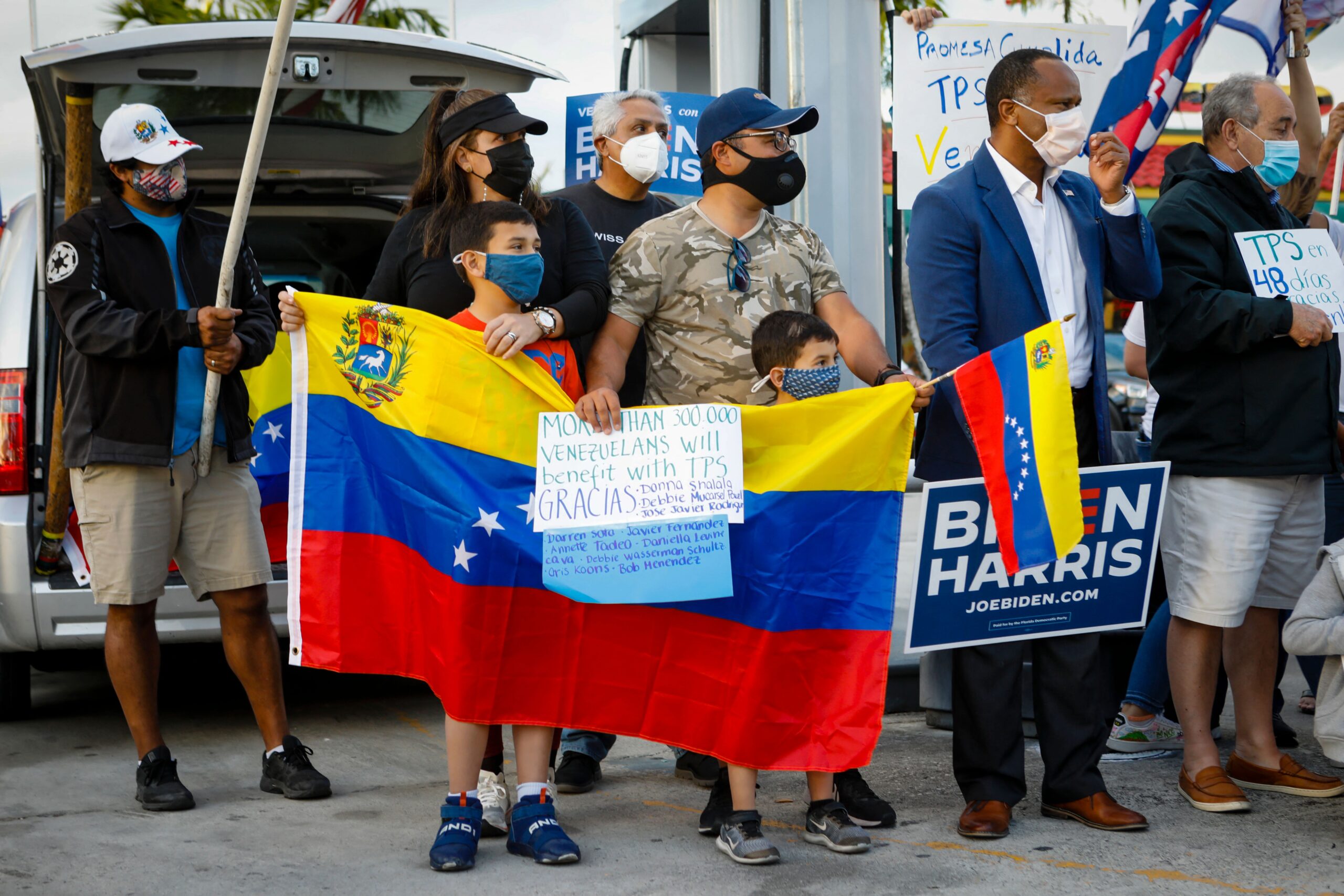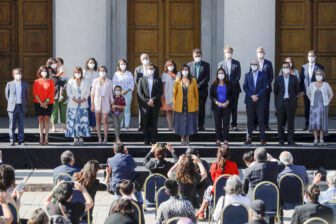This article is adapted from AQ’s special report on the Summit of the Americas | Leer en español
Migration numbers in the Americas are staggering. More than 6 million Venezuelans have been displaced in the past decade, along with around 100,000 Nicaraguans and hundreds of thousands more from the Northern Triangle countries of Central America. Crossings at the United States’ southern border are at record levels, while migration has also become a major political issue throughout much of South America and the Caribbean.
Governments have attempted to tackle these issues by developing various mechanisms—and although many have worked to some extent, the pressure continues to mount. Humanitarian needs are increasing rapidly and require a bold and more comprehensive response. U.S. President Joe Biden said that signing a regional declaration on migration would be a priority at the upcoming Summit of the Americas.
So, what should be pursued in a forum of this nature? Here are three proposals.
An umbrella forum
In recent years, Latin American countries have developed some migration governance mechanisms to foster coordination and cooperation. However, this coordination often occurs in a fragmented manner. Considering the demands of receiving and integrating millions of migrants and forcibly displaced populations and the hemispheric nature of the phenomenon, we must work to establish an umbrella mechanism that brings together existing institutionalized and ad hoc mechanisms. Precedents include the Quito Process, established to articulate a regional strategy to address the Venezuela crisis; the consular coordination between Chile and Brazil to protect children of Haitian nationals at the U.S.-Mexico border who are also Chilean or Brazilian nationals; and the High-Level Meeting on Irregular Migration promoted by Panama to facilitate safe and regular passage for migrants. These kinds of initiatives can offer lessons on potential responses and their impacts. Bolder cooperation was also central to the proposals that the Human Mobility Coalition of the Americas made to OAS member states in November 2021. Their proposals include creating a Convention on Human Mobility in the Americas that facilitates the development of national and regional policies to address migration and forced displacement as well as establish shared responsibility for tackling these challenges and their root causes.
Documenting the irregular
Second, a mechanism of this nature should map out current regularization schemes, covering both legal pathways for migration and access to refugee status as well as complementary protection programs. For instance, what did Colombia and the U.S. learn from the Temporary Protected Status processes for Venezuelans? What has Costa Rica learned from receiving forcibly displaced Nicaraguans versus those who move for labor purposes? What is working for Brazil or Ecuador in terms of receiving migrants and refugees? What could the U.S., Chile, Peru and other countries learn from their experiences? The answers can provide tools to manage the crisis domestically and also facilitate effective international coordination. Concrete goals such as providing humanitarian assistance or promoting social inclusion and integration in receiving countries can be more effectively achieved through more comprehensive cooperation and complementary policies and rules.
A common language
Third, countries should consider some standard definitions. To better understand and respond to migration, we need to speak the same language. A hemispheric conversation could help countries arrive at some standard definitions and establish minimum protocols for policies on integration and regularization. A regional pact could also standardize categories for people currently in limbo, such as victims of climate displacement and those who do not neatly fit under refugee or economic migrant categories. This seemingly minor step will facilitate coordination on migration, forced displacement and mixed flows.
All this implies greater international and financial support for countries dealing with the large numbers of people currently moving across the continent. A hemispheric migration and protection pact could summon that support, including from local governments, the private sector, academia, international organizations and, of course, migrants and refugees themselves.
The Summit of the Americas provides an ideal space to start the conversation about a hemispheric mechanism and put into practice the principle of shared responsibility. No country should bear the cost of receiving and integrating migrants and refugees alone. Some thought leaders have proposed establishing quotas or numerical limits for each country according to collectively agreed-upon rules. Questions of whether or not conditions are ripe for establishing quotas, or even if predetermining where people should go is the most humane approach to migration, should also be addressed.
Fundamentally, improving regional coordination mechanisms should be a priority in itself. If they are not improved, it will be impossible to address root causes, eliminate trafficking networks, strengthen asylum systems and integrate new arrivals.
—
Views are personal, and do not represent those of the OAS.









